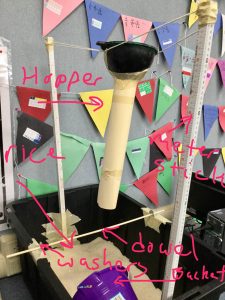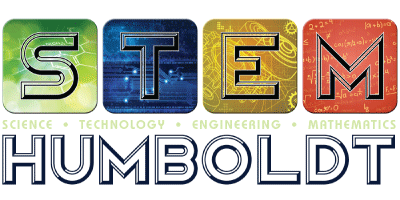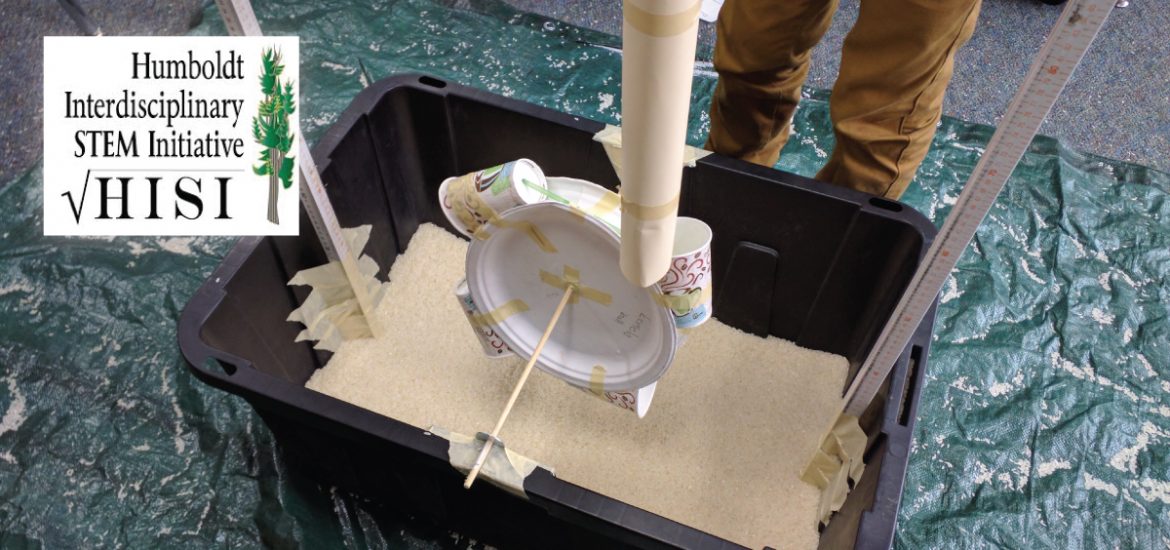Engineering Design Process

Overview: Humans use energy to power the world we live in. Our energy choices are important. Engineers play a vital role in developing technology that impacts the way we get our energy.
Student Goals: Students will explain how we get our energy and what renewable energy is. Students will understand the engineering design process.
Learning Targets – “I Can” Statements
- I can describe where we get our energy from.
- I can describe what renewable energy is.
- I can use the engineering design process to create a model waterwheel.
NGSS Standard:
- ETS1-1 Define the criteria and constraints if a design problem with sufficient precision to ensure a successful solution, taking into account relevant-scientific principles and potential impacts on people and the natural environments that may limit possible solutions.
CCSS:
- CCSS.Math.6.NS.3 Fluently add, subtract, multiply, and divide multi-digit decimals using
- the standard algorithm for each operation
- CCSS. Math.6.NS.2 Fluently divide multi-digit numbers using the standard algorithm.
- CCSS.Math.Content.6.SP.B.5.b Describing the nature of the attribute under investigation, including how it was measured and its units of measurement.
- CCSS.Math.6.RP.2. Understand the concept of a unit rate a/b associated with a ratio a:b with b ≠ 0, and use rate language in the context of a ratio relationship.
- CCSS.Math.6.SP.3. Recognize that a measure of center for a numerical data set summarizes all of its values with a single number, while a measure of variation describes how its values vary with a single number.
Materials: Paper plates, 3×5 index cards, one ¼” by 24” wooden dowel, various sizes of cups (paper and plastic), masking tape, string, paper clips, straws, plastic spoons, scissors, metal washers, stop watch, giant tub, scoop, 20 lbs rice.
Lesson Order:
- Engineering Design Pre-Test_Post Test
- Step 2: Spend 5 days doing the EEI background unit: Energy:It’s Not All the Same to You.
- Present Step 3 to provide further background information and a hook (see youtube video) for the engineering section. Students will complete the Micro Hydro Cornell Notes.
http://practicalaction.org/micro-hydro-power-4
https://www.youtube.com/watch?v=Xm-PaJNlRp8&t=52s
- Step 4: Present and complete the “Cost of Electricity” assignment.
- Step 5: Present the Engineering Design Process video and worksheet. After watching the video, discuss the process Wes went through in creating the hand.
https://www.youtube.com/watch?v=HY30wUZUfFA
- Step 6 and 7 Spend 2 class periods going through the engineering design process using the waterwheel challenge worksheet to create a waterwheel.
- Test the waterwheels using the Water Wheel Data Page. Then, have students redesign and make improvements, where needed. Test again to see how effective the improvements were. The students will need to record their data again.
- Give the Post-test.
Writing Connection:
- Students can research a waterwheel still being used today and write a short report on the history of that particular waterwheel. Students can then either create a presentation or present their report to the class.
- Students can research other forms of renewable energy and write a report or create a presentation.


You must be logged in to post a comment.